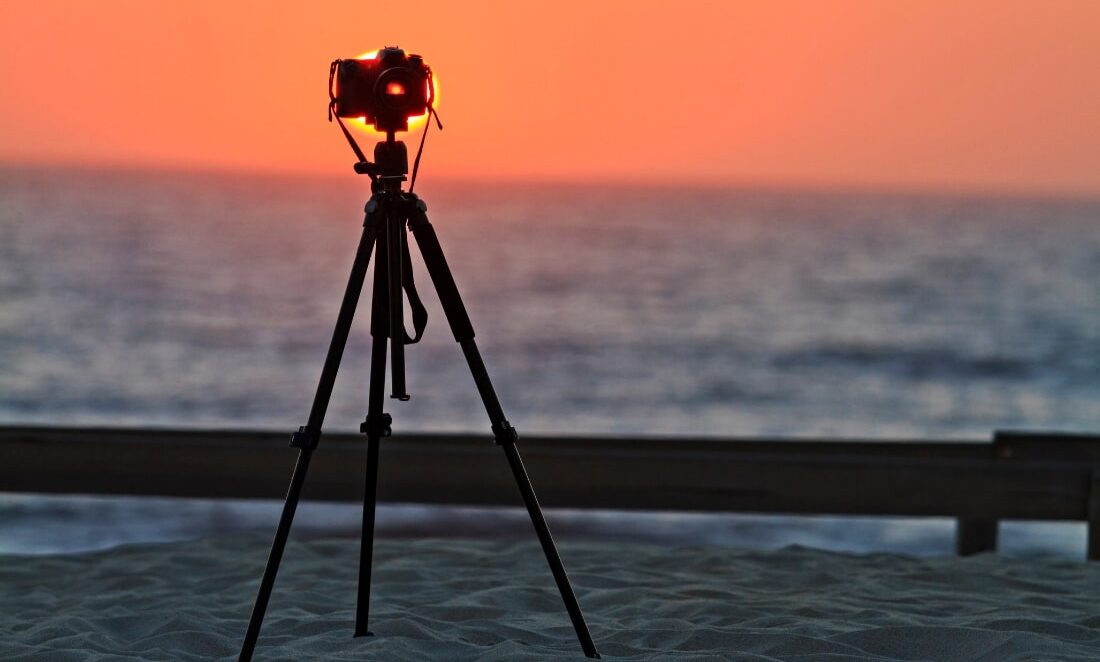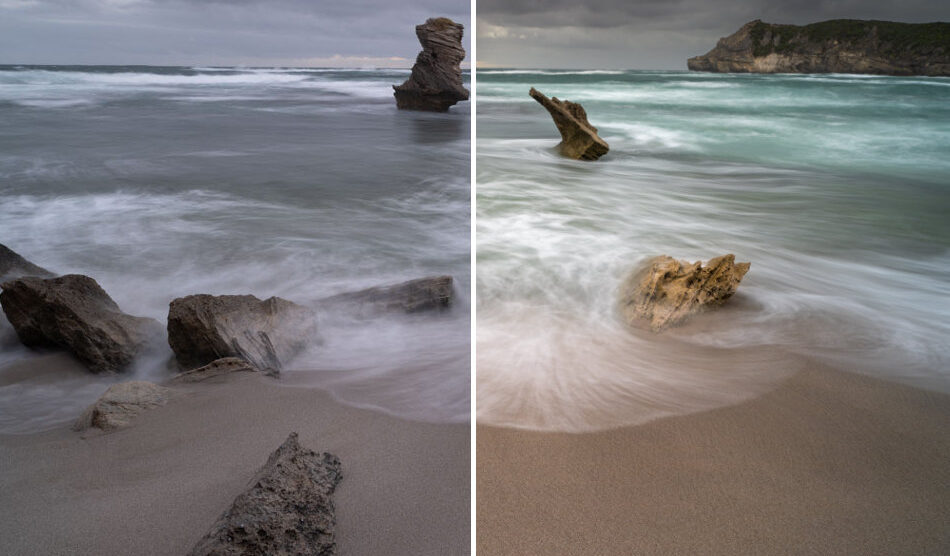Sea and beach photography is a captivating art that combines the beauty of natural landscapes with the dynamic motion of water. For photographers, the coastline offers endless opportunities to create compelling images full of color, texture, and atmosphere.
From tranquil sunsets to powerful crashing waves, every moment by the sea has the potential to become a striking photograph. The unique lighting, constantly shifting tides, and wide-open spaces require a thoughtful approach to composition and technique.
Planning your shots carefully ensures that you capture not just a scene but a feeling—something that resonates with viewers on a deeper level.
Whether you are a beginner or a seasoned photographer, mastering sea and beach photography demands patience, practice, and an understanding of how natural elements interact.
It also involves making smart decisions about gear, timing, and safety to get the best possible results without compromising your equipment or well-being.
This guide will share practical tips and ideas to help you elevate your coastal images, from equipment recommendations to lighting and editing techniques.
Sea And Beach Photography: Choosing The Right Equipment
Having the right equipment is essential for successful sea and beach photography. Coastal environments can be harsh on gear, so preparation is key. Saltwater spray, sand, and intense sunlight can quickly damage delicate components if you’re not careful.
Start by selecting a weather-sealed camera body if possible. These models resist moisture and dust, giving you peace of mind when shooting close to the waves.
A reliable lens cleaning kit is also indispensable, as you will need to wipe off salt and sand frequently.
For lenses, a wide-angle is ideal for capturing sweeping views of the shoreline, while a telephoto lens can help isolate details such as birds, boats, or patterns in the surf.
Many photographers also use polarizing filters to cut glare on the water’s surface and enhance color saturation. A sturdy tripod is crucial for long exposures, particularly during dawn or dusk when light levels are lower.
Choose a tripod with corrosion-resistant legs and secure footing for stability in sand and shallow water. Extra batteries and memory cards are a must, as the combination of bright sun and frequent reviewing of images tends to drain batteries faster.
Carrying your equipment in a waterproof backpack or protective case will help keep everything safe during transit and sudden weather changes.
Capturing Movement And Waves For Dynamic Shots
One of the most exciting aspects of sea and beach photography is capturing motion. The ebb and flow of waves create energy and rhythm that can bring your images to life.
To freeze dramatic splashes or depict smooth, flowing water, you need to experiment with shutter speeds.
If you want to stop motion crisply, use a fast shutter speed such as 1/1000 or higher. This setting is perfect for photographing crashing waves, jumping dolphins, or surfers in action. High-speed continuous shooting can also help you capture the decisive moment.
To create a silky, blurred effect in the water, opt for slower shutter speeds—anywhere from 1/4 second to several seconds. Using a neutral density (ND) filter will reduce the amount of light entering the lens, allowing longer exposures even during bright daylight.
A tripod is essential for stability in long exposures. Make sure to secure it firmly in the sand to prevent camera shake from wind or surf vibrations.
Composing your shot with a strong foreground element, like a rock or piece of driftwood, adds depth and context to the motion. Experiment with different perspectives to discover unique angles that make your sea and beach photography stand out.
Sea And Beach Photography: Tips For Perfect Lighting
Lighting is the backbone of any successful image, and sea and beach photography is no exception. The quality and direction of light dramatically impact the mood and clarity of your photos.
The golden hours—shortly after sunrise and just before sunset—are ideal times to shoot. During these periods, the sun is low in the sky, casting long shadows and bathing everything in warm, soft light.
This effect adds depth and dimension that can transform even a simple seascape. When shooting midday, the harsh overhead light can create high contrast and blown-out highlights.
A polarizing filter will help reduce glare and deepen the colors of the sea and sky. Adjust your white balance manually to avoid overly blue or yellow casts in your images.
Cloudy or stormy weather can produce equally striking photos. Dramatic skies combined with choppy waves convey emotion and atmosphere that are perfect for storytelling. Don’t shy away from overcast days—embrace the diffused light for a softer look.
Consider bracketing your exposures to ensure you capture details in both the shadows and highlights. This technique is especially useful in scenes where the sky is significantly brighter than the foreground.
How To Balance Colors And Exposure In Coastal Scenes
Properly balancing colors and exposure is essential to showcase the vibrant beauty of coastal environments.
In sea and beach photography, the intense brightness of reflective surfaces can trick your camera’s meter, leading to underexposed or overexposed images.
Always check your histogram after each shot. If highlights are clipped, adjust your exposure compensation to recover detail. Shooting in RAW format gives you more flexibility in post-processing to fine-tune exposure and white balance.
Use graduated ND filters to darken bright skies while preserving the detail in the foreground. This approach helps achieve a balanced exposure across the entire frame without sacrificing dynamic range.
Color plays a crucial role in setting the mood. Subtle adjustments in saturation and contrast can enhance the natural hues without looking artificial. During editing, pay attention to the blues and aquas in the water and the warm tones in the sand and sky.
Maintaining realistic colors will ensure your photos feel authentic. If you want to create a more artistic effect, consider using split toning to add coolness to the shadows and warmth to the highlights.
This technique gives sea and beach photography a cinematic, polished feel.
Sea And Beach Photography: Safety And Preparation Essentials
While the focus of sea and beach photography is often on technique and creativity, safety and preparation are equally important. Coastal environments can be unpredictable, and respecting nature’s power keeps both you and your gear protected.
Before heading out, check the tide charts and weather forecasts. Rising tides can quickly cut off your return path or submerge equipment left on the shore. Always position yourself with an exit strategy in mind.
Wear appropriate clothing for sun protection and bring plenty of water to stay hydrated. Sunscreen, sunglasses, and a hat are essential, especially during long sessions under direct sunlight.
Keep your camera bag elevated or on a waterproof mat to prevent sand and moisture from seeping inside. Use lens hoods and protective filters to shield glass elements from salt spray and debris.
Be mindful of wildlife and other beachgoers. Maintain a respectful distance from nesting birds and marine life to avoid disturbing their habitat.
A respectful approach is part of responsible sea and beach photography, ensuring these stunning locations remain unspoiled for future generations.
Lastly, make a checklist of your gear before you leave. Confirm you have batteries, memory cards, filters, cleaning tools, and any other essentials to avoid interruptions once you’re on location.
See you in the next post,
Anil UZUN

